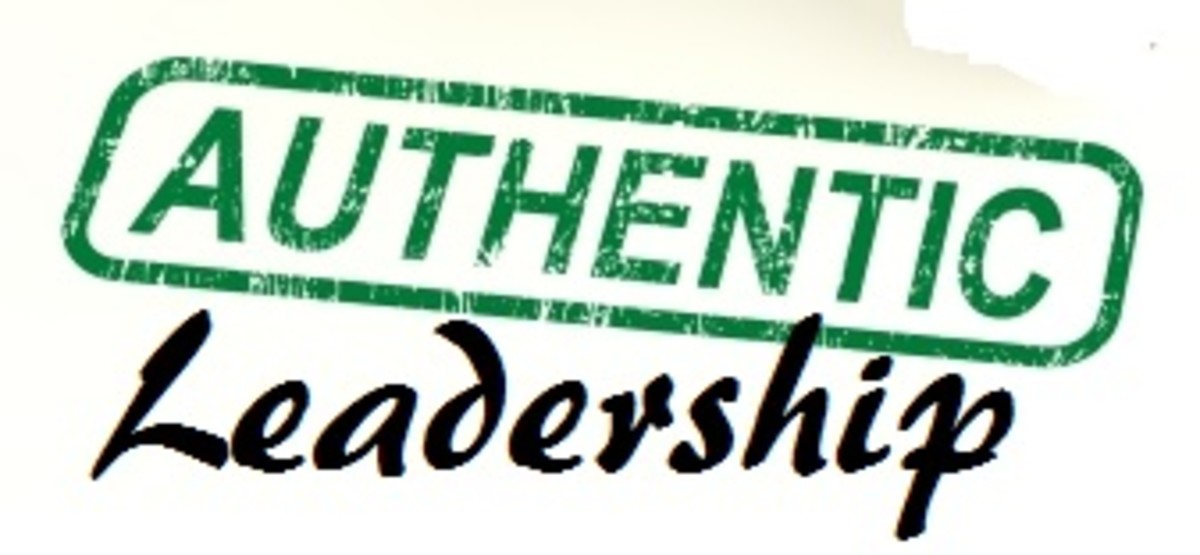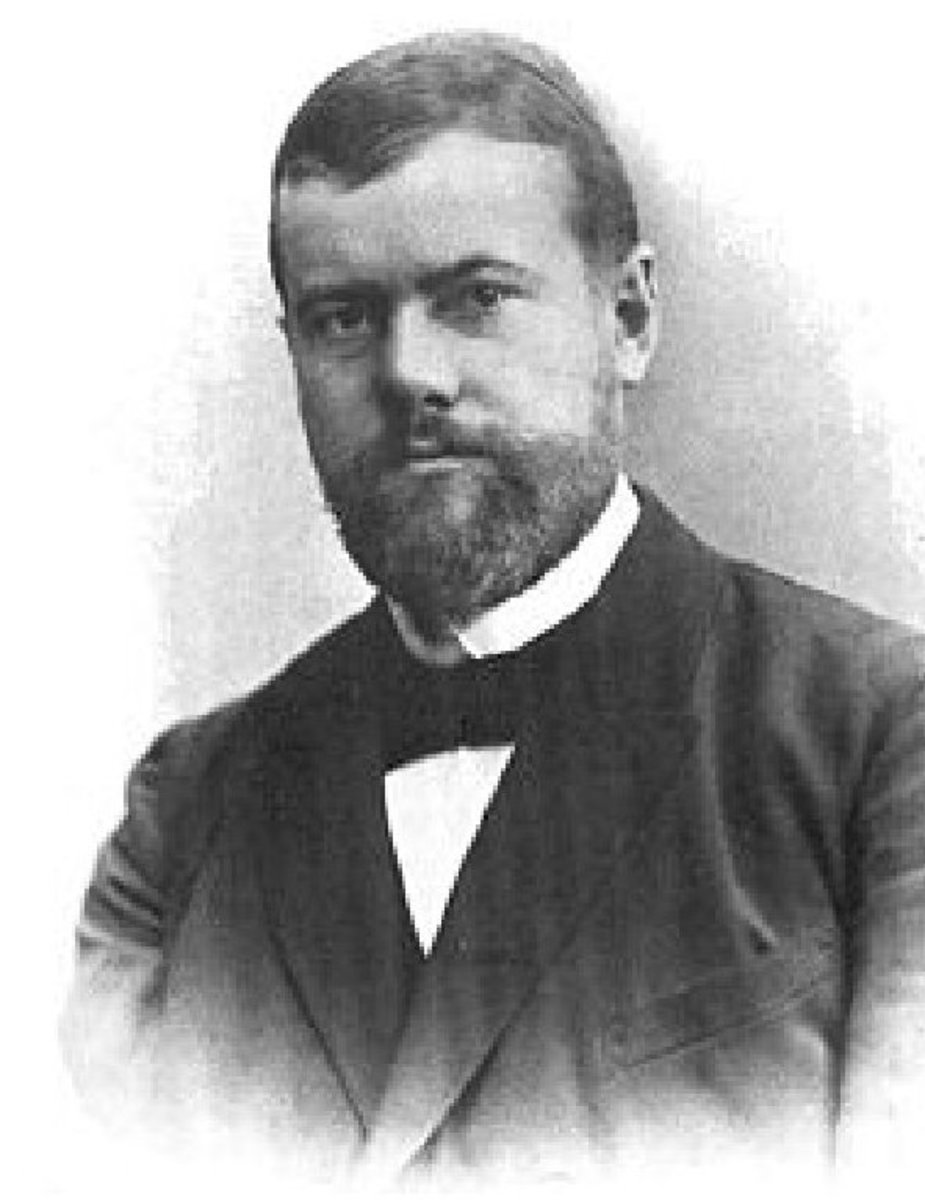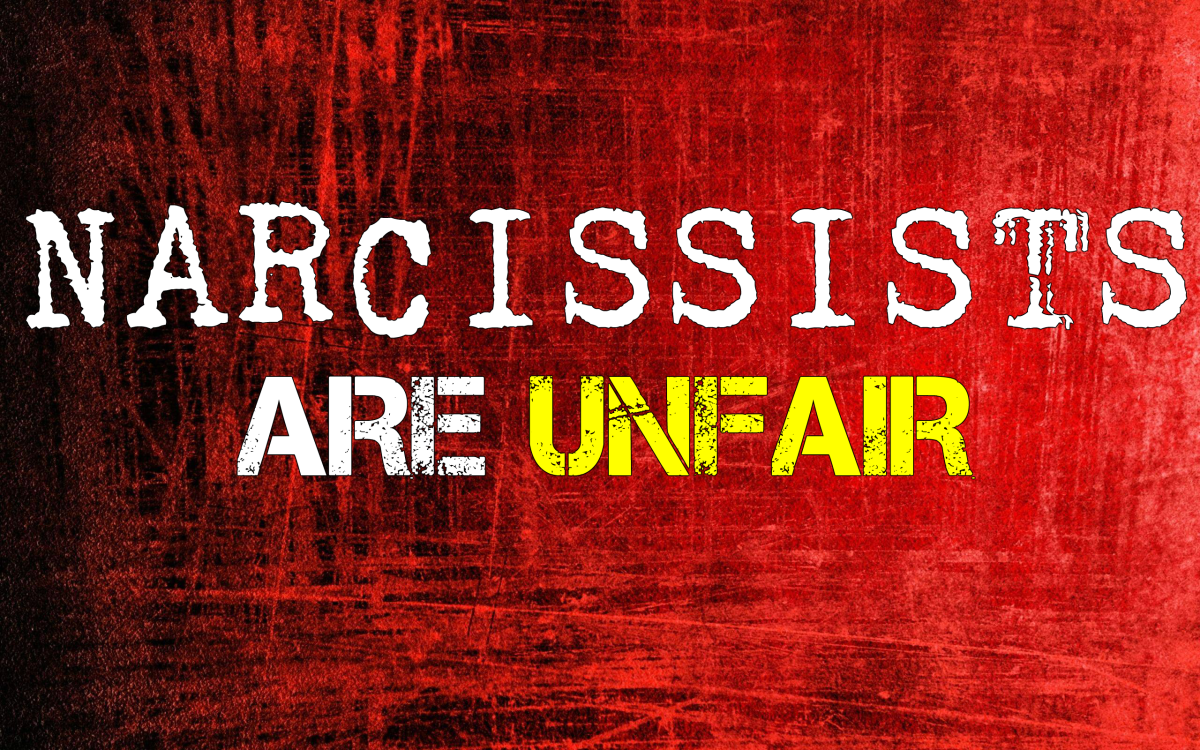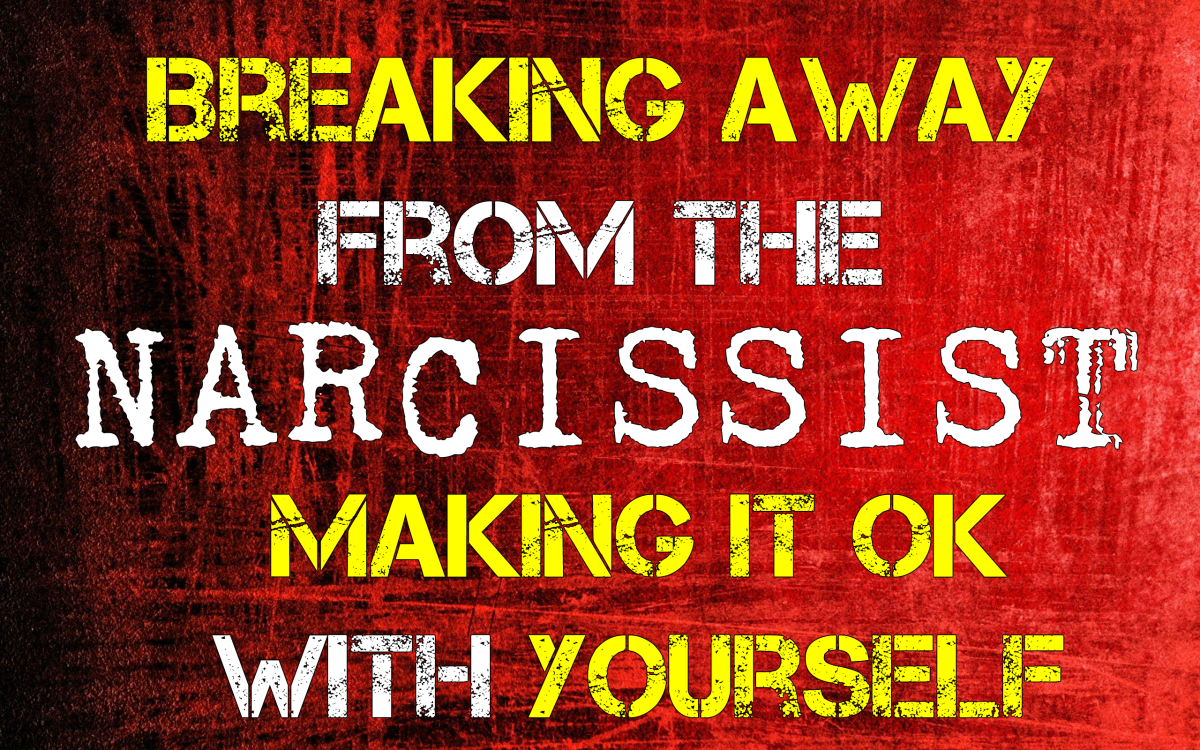- HubPages»
- Health»
- Mental Health»
- Personality Disorders
Toxic Leaders
Humans and Leadership
Leadership and followership might be considered evolutionary; a good case can be made concerning the development of leadership coming into being in human culture and then evolving as a means for humanity to survive. The organizational aspects alone of a leadership and experience hierarchy as a means of individual benefit and survival is intuitive. In a community, people have a much better chance of daily survival as well as mating opportunities for the continuation of the species. Older, experienced members of the community are naturally turned to for wisdom and guidance. From the time humans were primarily cave-dwellers to the present time of divisive politics, humans gravitate towards leaders. But what about cases where the leader is toxic and destructive to the group and individual?

Followers
Examination of a toxic leader must first consider the people who are willing to follow, what characteristics might be observed about individuals and groups of people that get caught up in, or even enthusiastically embrace a toxic leader? While there are certainly situational and individual exceptions regarding a particular leader, organization, or follower, there are some generalizations that might be validly applied.
It seems logical that an individual may be attracted to a leader due to the perception that the association with the leader will provide some definitive benefit to the follower. So, we might call this a self-centered or even self-preserving perception that the leader might be able to help ME in some significant way. In this way, a reasonable theory is that the followers of toxic, self-centered leaders may share this egocentric characteristic in a significant way. As followership increases, there could be a growing, popularized cult of personality surrounding the leader, making ascribing to the leader’s agenda or positions a social status boosting or affiliation asset.
As the personality cult takes root and grows, there tends to be an increase in general excitement and passion for the message and the leader, bringing into play what is known as “emotional contagion”, which simply means a kind of infectious emotional and behavioral momentum (think of legions of teens buying up the band t-shirts of a popular new band). Emotional contagion, especially common in large groups, movements, or events, can easily result in in a general abandonment of adequate levels of critical and logical thinking. Essentially, emotions take over behaviors, ahead of good, clear thought. Once the individual participates in the intensely emotional and illogical event, the cognitive dissonance may force them into committing to the illogical positions so as to avoid the social embarrassment of being tragically, factually, ethically, and morally wrong. Some followers, without the correct facts to make decision, or the skills to challenge their discernment, may be permanently ignorant of their own marked bias.

The Toxic Leader
The often-asked question about the toxic leader is: are they sane? That of course, is a question that is best answered by professionals with the skills to interview and diagnose the leader, but most toxic leaders would never submit to such a formalized threat to their self-image, public-image, or fragile self-esteem. Non-followers will most often be leading in the vocal complaints about the question, citing the characteristics that at least cite the toxic elements of the leader.
Toxic leaders seem to spend large amounts of time and resources on the fabrication of their charming, charismatic, “hugely successful” public image, whereas the natural, less toxic leaders appear to have earned a positive image from their positive, verifiable good works. Because of the sheer volume of required fabrications and lies needed to form such a persona, their web of lies will soon become apparent to non-followers, but takes a considerable amount of time for marginal followers to grasp, and will float right over the heads of hardcore followers. And this is just the start of the toxic leader’s efforts of building and consolidating power in the community, organization, or nation.

Power Increase
For the toxic leader to gain greater power, a leveling up of the game must be achieved. This most often includes things like exploiting follower’s anxieties and fears by manufacturing threats to feed to the followers, in order to enhance the leader’s image as expert leader and messiah. Further exploitation of emotional contagion against targeted groups or individuals produces a convenient vilification and win-loss mentality that serves the toxic leader as a useful distraction from too close of scrutiny of their leadership or vast array of characterological flaws. Us versus them, unmitigated blame and scapegoating become the order of the day, and the hard-core followers readily take up the campaign.
Behind the scenes, because of the ongoing and growing support of the hard-core followers, a more clandestine process is engaged. This process to solidify power is less than legitimate, or, at the right stage of power acquisition, becomes openly executed with not even an effort at explanation of legitimacy. Such things as bribery, purchase, blackmail, and disregard for trivial things such as convention and law are overridden. This in turn, begins the systematic decay of legitimate societal checks and balances and becomes a normalized way of operating. And the propaganda origanization that has been carefully developed in the meantime is then in position to exploit a normalizing culture to a horrific violation of formerly accepted standards.
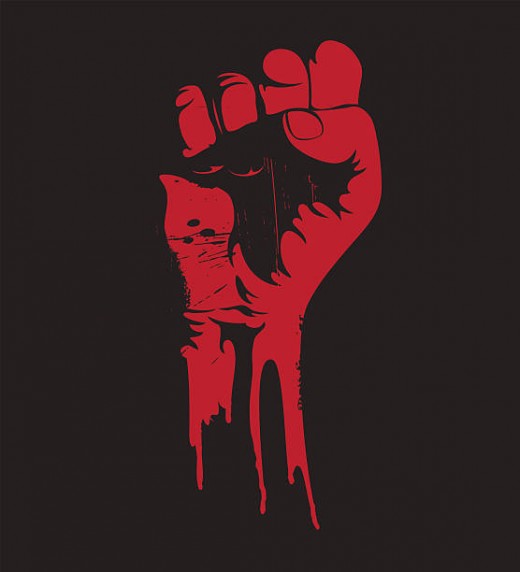
Progression
Because the toxic leader is fundamentally a sham, their fatal flaws must be counter-balanced, which the inner-circle of hard-core believers is tasked with. The leader’s loyalty testing has insured that the close proximity intoxicated underlings are now in a position to be genuinely enslaved to the leader. They must continue their role and work at the risk of being cast away from the highly valued inner circle, because that inner circle of hard-core believers is not only the measure of success in the cult of personality, but also the best bet to remain safe in what amounts to a multitude of ways.
Those hard-core followers eventually begin to closely resemble the leader in image and practice, making use of those under their influence as tools for the agenda. In turn, the hard-core followers find even more individuals that they view as suckers and rubes to become henchmen or at least flying-monkeys for the cause (which at this point, is basically continued and increasing power). Intoxicating, indeed.
The propaganda begins to become evermore hateful, open, phobic, and vicious. It evolves into abjectly ridiculous attempts to direct attention, to divert attention, and distract the marginal and uncommitted from joining the opposition. The presentation is full of blame reversal, gross inaccuracies, flat-out lies, and increasing human rights violations.
The next stage seems to be the initiation of actions against resistors, which includes propaganda smear campaigns and hostile manipulations intended to demoralize and destroy the opposition. The leader continues to carefully groom and manipulate constituents with misinformation and often self-aggrandizement, with the base fully aboard the illusion. Some followers at this point begin to understand the dangers, and are just grateful that the leader's wrath is not coming in their direction. A certain percentage of those who have ignored the increasing power may begin to pay attention, especially when the leader’s actions start to infringe on their livelihoods or basic rights. This phase can go on for some time, depending on the general level of support, economic realities, and optimism of fringe or inattentive populations. Towards the inevitable end-stage, tolerance of the community or population still may be variable, but it inevitably results in dramatic display and even violent confrontation, like the closing of the congregation, a peaceful march across a bridge, a protest at a political convention, or even…a civil war.


